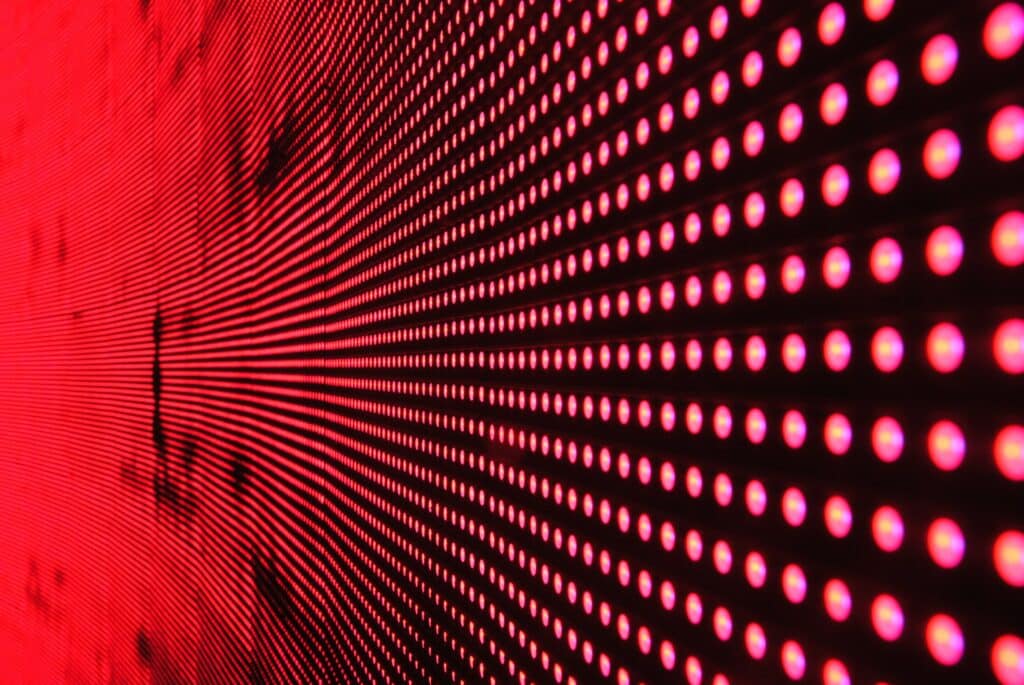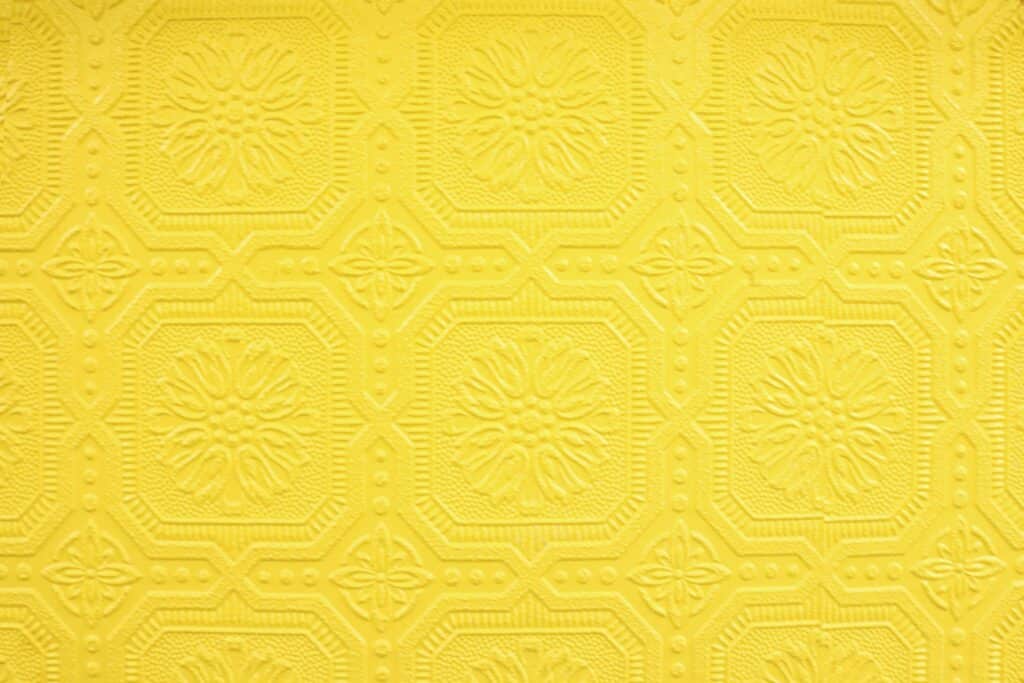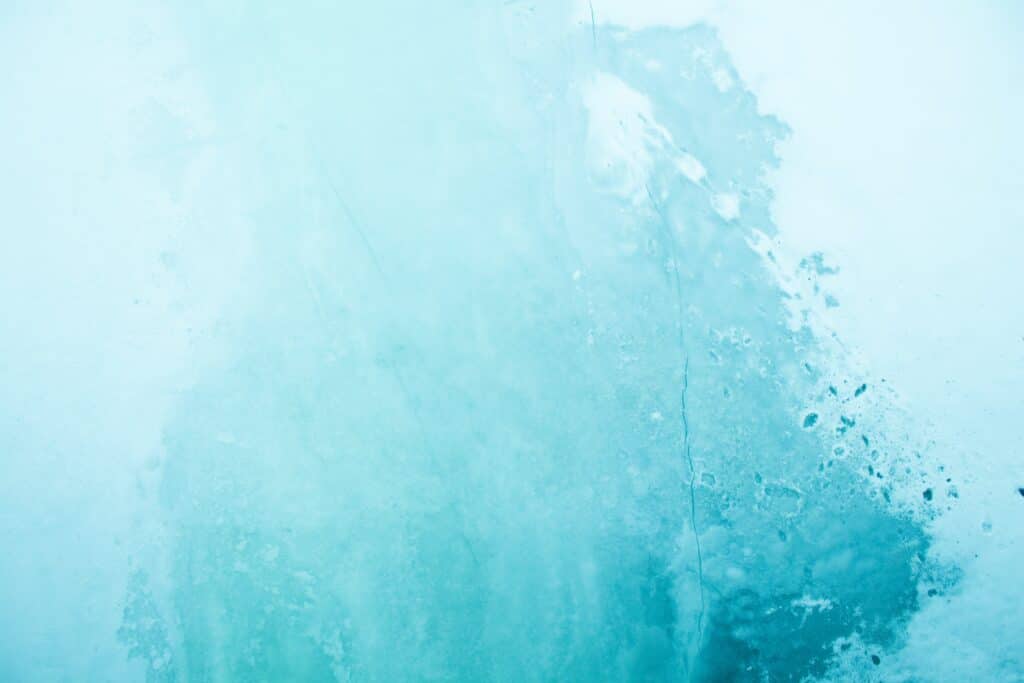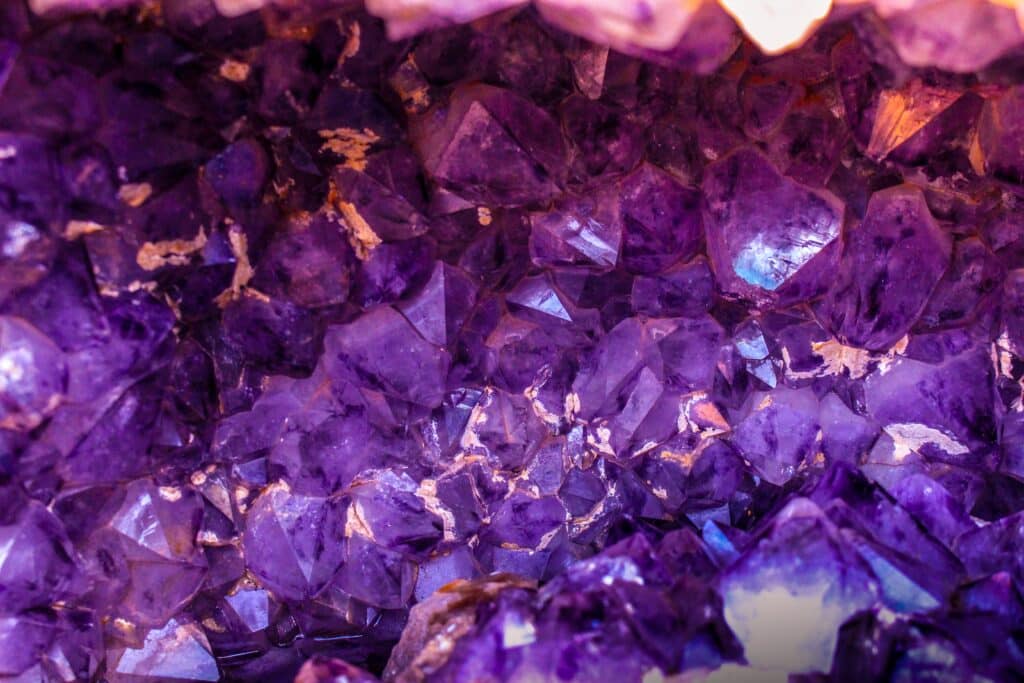As humans, we are naturally drawn to a color or group of colors. However, the implications of colors on a brand cause companies to work meticulously on finding the color combination that matches with their message. When used correctly, colors have the ability to influence customers to buy a product or have an interest in a brand. Understanding the subconscious connotations of different colors is crucial in branding, helping you determine whether you need to rebrand.
There are positive and negative feelings associated with every color. To understand how colors can be misinterpreted, we can look at the branding for McDonald’s. McDonald’s uses two main colors: red and yellow. Red has connections to danger, blood, pain, and warning when used incorrectly. Yellow can convey warning and instability. However, when the colors are used together in the correct shades, they convey the energy, hunger, and happiness that are part of McDonalds’ message.
Let’s look at each color and what it can mean.
Red is a very intense and emotional color, increasing hunger, breaths per minute, and blood pressure. It can bring attention to text or images, placing them in the foreground. The emotional response connected to red makes it beneficial to use when wanting customers to make a quick decision. With its overarching meaning of energy, red is a good branding color for energy drinks, cars, games, and other high physical activity.

Orange is the combination of the energy of red and the happiness of yellow, making it the color of enthusiasm. Like red, orange is naturally considered a very hot color, portraying the sensation of heat. This comes from its connection to fire. However orange is not as aggressive as red, creating less of a sense of urgency. It is an eye-catching color, so it can be used to draw attention and highlight important aspects of your design. Orange is very effective for promoting food products or toys. However, when used incorrectly, it can portray caution and warning, similar to that of a traffic cone.

Yellow creates a warming effect, like orange, but has a stronger connection to sunshine and happiness. It is often associated with food and hunger, hence its use in many fast-food brands. Neon yellow, also considered pure yellow, is an attention grabber, which can be used as a highlighter. It is very effective in emphasizing aspects within designs, so it is crucial to focus on the most important elements. Unlike red, yellow can negatively impact a brand when used for text on a plain background. Because of the light nature of the color, it is very hard to read without a border or a dark background. Yellow is often perceived as more childlike and playful, due to its spontaneity. Yellow is very unstable, as it connects with the idea of a hazard, so avoid using yellow when trying to promote safety and stability.

Green is the main color of nature. It portrays growth, harmony, and a new life. While it can be presented in a number of different shades and hues, the idea of resilience and safety is prevalent throughout all of them. It has the most relaxing effect of any color on the eyes, creating a sense of security and comfortability. Green is often used for medicine, conveying safety in the use of the products. Its connection to the natural world is also highly beneficial when promoting “green products” and produce. Darker green, however, is commonly associated with money.

Blue is the color of stability, as it has relations with the calming seas and sky. It has connections to the betterment of mind, body, and spirit, as it can slow your metabolism. Blue can be used to promote brands related to cleanliness, as opposed to warming colors that create a sense of business. Dark blue is associated with depth and expertise, making it a widely preferred color in the branding of corporate America. While it is beneficial in many brands, it is important to avoid using blue for the promotion of food. It suppresses appetite from the slowing of the metabolism. When used with warm colors, like red and yellow, blue can become bold and more vibrant. The high impact in the classic blue, red, and yellow combination makes it perfect for comics and superheroes.

Purple combines the stability of blue with the energy of red to convey power. The lack of purple in the natural world also creates an association with luxury. According to surveys, approximately 75 percent of adolescents choose purple as their favorite color. Due to its rareness in nature, it is often considered artificial, making it a bad color to use in the promotion of natural products and produce. Because of its appeal to children, it is best used in promoting children’s products. The richness of dark purple partnered with its rareness makes it a color highly impactful when promoting luxury items, like jewelry.

We’re happy to say we’ve made the list for small business branding agencies! Need help with your brand rfp? Contact us today to get started.